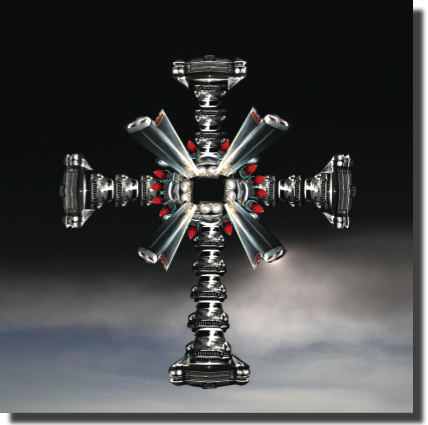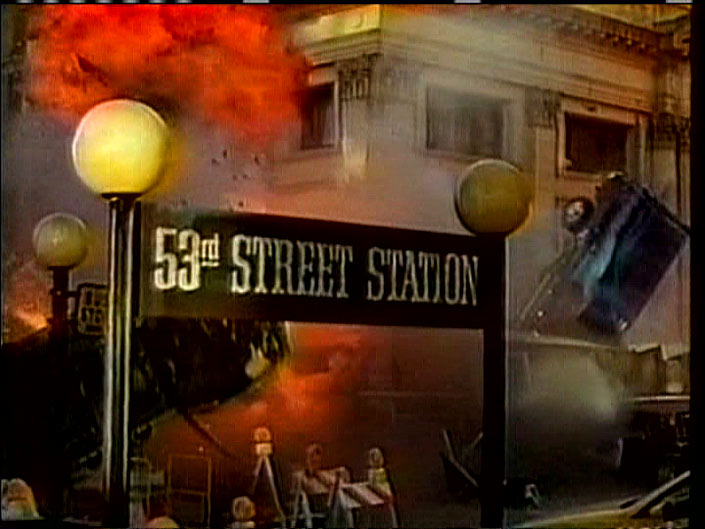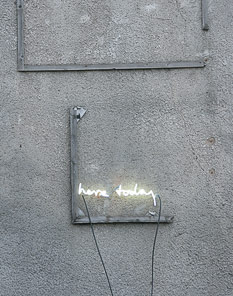when I was buoyant

The subjects in Josh Wodak‘s series of futurist portraits ‘when I was buoyant’, confront us with the dual realities of climate change and human nature. Posing in position of the famous ‘hockey stick’ graph, of Al Gore fame, their arms become the axis for plotting sea level rise which stretches 1,000 years into the past to a moment when, as Wodak point out, King Canute defiantly and eventually dejectedly faced the rising tide. The portraits offer up the space between the present moment and the fated year 2028 (when global temperatures are expected to rise 2 degrees), eerily questioning our ability to stay afloat.

















 On the floodplain of the Avoca River in rural Australia an Ark materialises as a projection layered onto Watford House, home to The Avoca Project. Sounds and images of those animals already inside are heard and accompanied by thunder and lightning. As the boat takes shape against the night sky, people from Avoca and their guests line up at the gangplank for entry, disguised as animals. A poignant reminder of the fragility of species survival in light of climate changes and the spirit of a community to respond.
On the floodplain of the Avoca River in rural Australia an Ark materialises as a projection layered onto Watford House, home to The Avoca Project. Sounds and images of those animals already inside are heard and accompanied by thunder and lightning. As the boat takes shape against the night sky, people from Avoca and their guests line up at the gangplank for entry, disguised as animals. A poignant reminder of the fragility of species survival in light of climate changes and the spirit of a community to respond.